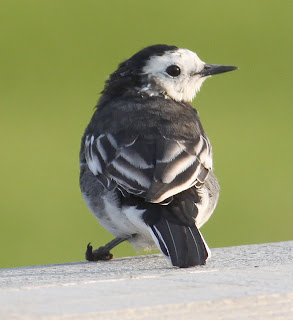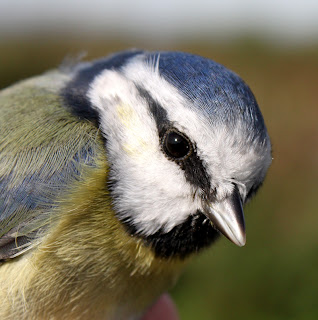Another bright and breezy birding morning started with a quick look at Knott End where I killed the 20 minutes or so before Damien’s fish shop opened with a spot of birding. In the car park I took a few pictures of a Pied Wagtail with a gammy leg whilst the other 12 wagtails flew off towards the golf club before I could grill them; they also took 2 Grey Wagtails along with them. On the shore were 35 Goldfinch and as I walked up river alongside the golf course, several Chaffinch and at least two Siskin called from high overhead.
It was a very bright sky so I decided to save the my “vis migging” for the next ringing session on the moss on Saturday, with today’s sun demanding instead a bit of “no excuses” camera work.

I detoured home then chucked the fish in the fridge before setting off for the Pilling tide again.
And this is going to sound like a re-run of yesterday’s birds at Pilling, but the Fluke Hall count was much the same: 450 Lapwing, 55 Redshank, 12 Skylark, 15 Meadow Pipit, 17 Linnet and 6 Goldfinch, but several Chaffinch in the wood today and a party of 10 Swallows heading east. A gang of 17 Magpies heading off from Ridge Farm was rather scary as well as unexpected, given that much of the land around Ridge Farm is well shot.

My count of birds from the sea wall was similar to Wednesday, so I’ll ditch the latest list of more wildfowl and wader counts, the exception being today’s count of approximately 1200 Lapwing. But I found time for the few pictures below, and less words means there’s more time to get stuck into that Haddock, chips and mushy peas.







Very tasty, I enjoyed that.







































































